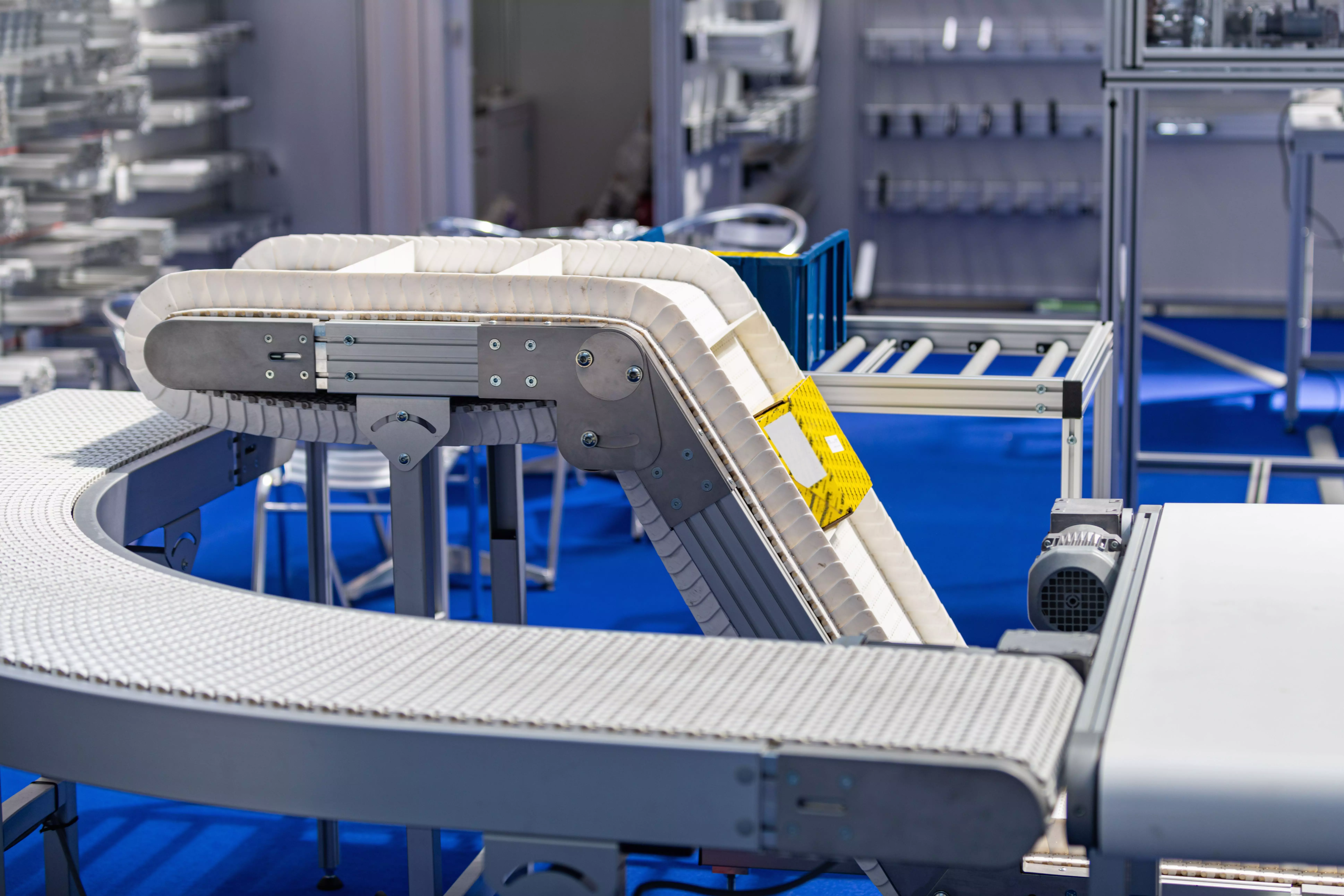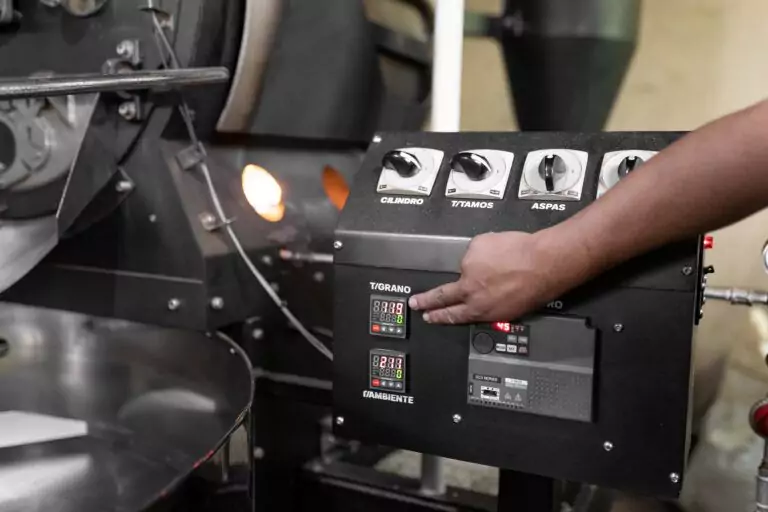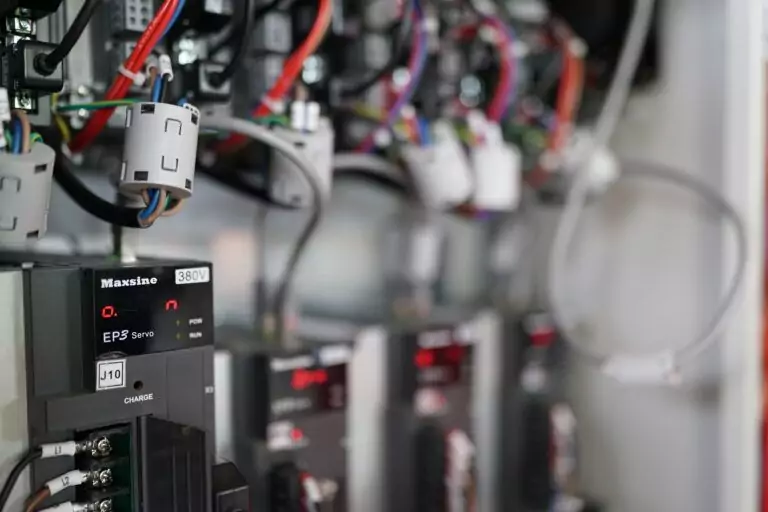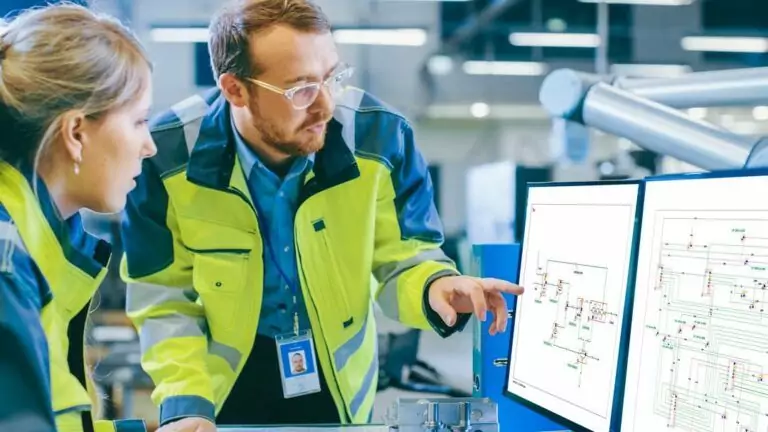Are you looking to streamline your company’s operations with cutting-edge technology? Dive into the world of automated conveyor systems with our comprehensive guide! These ingenious systems—built on advances in automation and electrical engineering—are designed to boost efficiency and accuracy across a multitude of industries, from manufacturing to retail.
By automating the movement of goods, these systems significantly reduce manual labour, enhance productivity, and ensure the safe, speedy transport of items within a facility. Whether you’re aiming to optimize sorting, assembly, packing, or inspection processes, implementing an automated conveyor system could be the game-changer your business needs. Join us as we explore the ins and outs of setting up an automated conveyor system, including the benefits, key considerations, and maintenance tips to keep your operations running smoothly.
Perfect for businesses looking to stay competitive in a fast-paced market, this guide is your first step towards operational excellence. Let’s get moving!
What is an Automated Conveyor System
An automated conveyor system is a sophisticated material handling mechanism designed to transport goods efficiently within a facility. Central to its operation is the automation technology that propels the movement of conveyor belts or rollers, eliminating the need for manual labour and significantly enhancing productivity and accuracy in the sorting, assembly, packing, and inspection processes. This system is ingeniously structured to support a wide range of industries—from manufacturing and warehousing to distribution and retail—by optimizing the flow of operations and minimizing handling time.
At its core, the most important goal of an automated conveyor system is to streamline workflow and increase efficiency within a production or distribution environment. By integrating sensors, control systems, and software, these systems can intelligently manage the movement of goods, ensuring that items are transported to their destination quickly and safely. This not only reduces the likelihood of human error but also allows for real-time tracking of materials throughout the process.
The adoption of an automated conveyor system often involves working with an integrated engineering solutions provider, ensuring that the technology is tailored to existing workflows and infrastructure. As businesses strive to meet the demands of a rapidly evolving market, the flexibility and reliability offered by these systems become invaluable. They can be customized to fit specific operational needs, from simple belt conveyors for straightforward transport tasks to complex robotic systems for intricate assembly work.
Understanding the search intent, it’s clear that there’s a growing need for solutions that can enhance productivity and reduce operational costs. Automated conveyor systems stand out as a key technology that can meet these needs, offering a blend of speed, precision, and adaptability that manual processes simply cannot match. As industries continue to advance, the role of such systems is set to become even more integral, driving efficiency and competitiveness in a global market.
Why Implement an Automated Conveyor System
Implementing an automated conveyor system offers a transformative approach to enhancing operational efficiency within various industries. This shift not only optimizes the workflow but also ensures a higher level of accuracy and speed in the handling processes, from sorting to packing.
Increases Operational Efficiency
Automated conveyor systems streamline the movement of goods, significantly boosting operational efficiency. This automation leads to reduced processing times and increased throughput, enabling businesses to achieve their production targets with greater effectiveness.
Reduces Manual Labor Costs Significantly
By minimizing reliance on manual labor for goods transport, automated conveyor systems offer a substantial reduction in labor costs. This efficiency is achieved by automating repetitive tasks, allowing human resources to be allocated to more complex operations, thereby optimizing workforce utilization.
Enhances Workplace Safety and Ergonomics
Implementing automated conveyor systems contributes to a safer work environment by reducing the manual handling of goods, which can lead to workplace injuries. Moreover, these systems are designed to improve ergonomics, reducing strain on workers and further enhancing both safety and productivity in the workplace.
Key Considerations Before Setting Up
Before the implementation of an automated conveyor system, it’s crucial to conduct a thorough assessment of available space and layout, ensuring the system fits seamlessly within the existing operational environment. These preliminary steps are foundational in designing a system that not only aligns with organizational goals but also enhances productivity and operational scalability.
Assessing Available Space and Layout
Assessing the available space and layout is paramount to ensure that the automated conveyor system can be accommodated without disrupting existing operations. In many cases, a multi-discipline engineering firm is consulted to evaluate structural, electrical, and mechanical requirements in parallel.
Identifying Materials and Products for Transport
Identifying the materials and products that will be transported by the conveyor system is crucial for selecting the right type of conveyor. Different materials may require specific conveyor features, such as temperature resistance or non-abrasive surfaces, to maintain product integrity during transport.
Evaluating Integration with Current Operational Systems
Evaluating the integration with current operational systems is essential to ensure that the new conveyor system enhances, rather than disrupts, existing processes. Partnering with electrical system integration specialists can help align automated solutions with legacy infrastructure and digital systems.
Steps to Set Up an Automated Conveyor System
Setting up an automated conveyor system involves a methodical approach, starting with initial planning and system design to align with specific operational goals and requirements. Implementing effective training programs for operators and establishing safety protocols are crucial for daily operation and maintenance, ensuring the long-term success and efficiency of the automated conveyor system.
Initial Planning and System Design
Initial planning and system design lay the groundwork, focusing on aligning the conveyor system with specific operational goals and spatial constraints.
Determining System Objectives and Requirements
Identifying system objectives and requirements ensures the conveyor meets all operational needs, including handling capabilities and throughput expectations.
Creating a Detailed Layout Plan
Creating a detailed layout plan optimizes workflow and space, which is crucial for efficient material movement and system integration. A qualified electrical engineering services firm may assist in verifying load distribution and power requirements during this phase.
Selection of the Appropriate Conveyor Type
Choosing the appropriate conveyor type—belt, roller, or modular—is critical for handling the operation’s specific material requirements efficiently.
Belt Conveyors for Versatile Material Handling
Belt conveyors offer versatility and are ideal for transporting a diverse range of materials, including varying shapes and sizes.
Roller Conveyors for Heavy-Duty Applications
Roller conveyors excel in heavy-duty applications, providing sturdy support for moving heavy or bulky items seamlessly.
Modular Conveyors for Flexibility and Scalability
Modular conveyors ensure system flexibility and scalability, facilitating easy adjustments and expansions as operational needs evolve.
Procurement and Installation Process
The procurement and installation process demands selecting reputable suppliers and coordinating with professional teams for efficient setup.
Choosing Reliable Suppliers and Manufacturers
Selecting reliable suppliers and manufacturers is essential for obtaining high-quality, durable conveyor components that adhere to industry standards.
Coordinating Installation with Professional Teams
Coordinating installation with professional teams guarantees that the setup is executed proficiently, adhering to best practices and safety regulations.
Comprehensive Testing and Troubleshooting
Performing comprehensive testing and troubleshooting post-installation ensures the system operates as intended, addressing any issues preemptively.
Conducting Dry Runs Without Products
Conducting dry runs without products allows for system adjustments and troubleshooting without risking damage to actual goods.
Adjusting Settings for Optimal Performance
Adjusting settings for optimal performance, fine-tuning the conveyor to meet precise operational requirements and maximize efficiency.
Effective Training Programs for Operators
Implementing effective training programs for operators is crucial for empowering staff with the skills to manage and maintain the conveyor system effectively.
Safety Protocols and Emergency Procedures
Establishing safety protocols and emergency procedures is paramount for maintaining a safe work environment and ensuring preparedness for any incidents.
Daily Operation and Troubleshooting Basics
Knowledge of daily operation and troubleshooting basics is essential for promptly addressing common issues, minimizing downtime, and sustaining operational efficiency.
Maintenance of Automated Conveyor Systems
Maintaining automated conveyor systems is crucial for ensuring their longevity and operational efficiency. Regularly updating software and firmware contributes to the system’s optimal performance and security.
These maintenance practices are key to minimizing downtime and ensuring the automated conveyor system continues to operate smoothly and efficiently.
Scheduled Regular Inspections
Scheduled regular inspections are crucial for the early identification of potential issues, ensuring the conveyor system remains in peak condition and operates at maximum efficiency.
Checking for Mechanical Wear and Tear
Regularly checking for mechanical wear and tear allows for the timely identification of parts that require attention, preventing system failures and extending component lifespan.
Ensuring Electrical Components are Functioning
Ensuring electrical components are functioning correctly is vital for the safe and uninterrupted operation of the conveyor system, helping to avoid unexpected downtimes.
Routine Cleaning and Lubrication
Routine cleaning and lubrication are key maintenance practices that ensure the conveyor system operates smoothly, reducing the risk of breakdowns and extending the life of its components.
Cleaning Debris from Conveyor Belts and Rollers
Cleaning debris from conveyor belts and rollers is essential to prevent material build-up that could impair the system’s functionality or cause damage over time.
Lubricating Moving Parts to Prevent Friction
Lubricating moving parts to prevent friction minimizes wear and tear, which is crucial for preserving the conveyor system’s operational integrity and longevity.
Prompt Repair of Detected Issues
Prompt repair of detected issues ensures that the conveyor system continues to function efficiently, minimizing the impact on operations and productivity.
Replacing Worn or Damaged Parts Immediately
Replacing worn or damaged parts immediately prevents further damage to the conveyor system and maintains its performance and safety standards.
Updating Software and Firmware Regularly
Updating software and firmware regularly leverages the latest technological advancements and security updates, optimizing the conveyor system’s performance and reliability.
Keeping Your Operations on Track
Automated conveyor systems are game-changers for businesses seeking higher efficiency, reduced labour costs, and improved workplace safety. From initial planning to daily maintenance, every step is essential for ensuring long-term performance and scalability. With the right system and strategy, you’ll create a smoother, smarter flow of materials across your operation.
At Vista Projects, we specialize in designing and integrating automation solutions, including conveyor systems, tailored to your unique industrial needs. Our truth-based engineering approach ensures your system is efficient, reliable, and ready for future growth.
Let’s engineer your next advantage—connect with Vista Projects to get started today.









